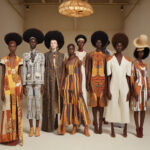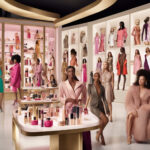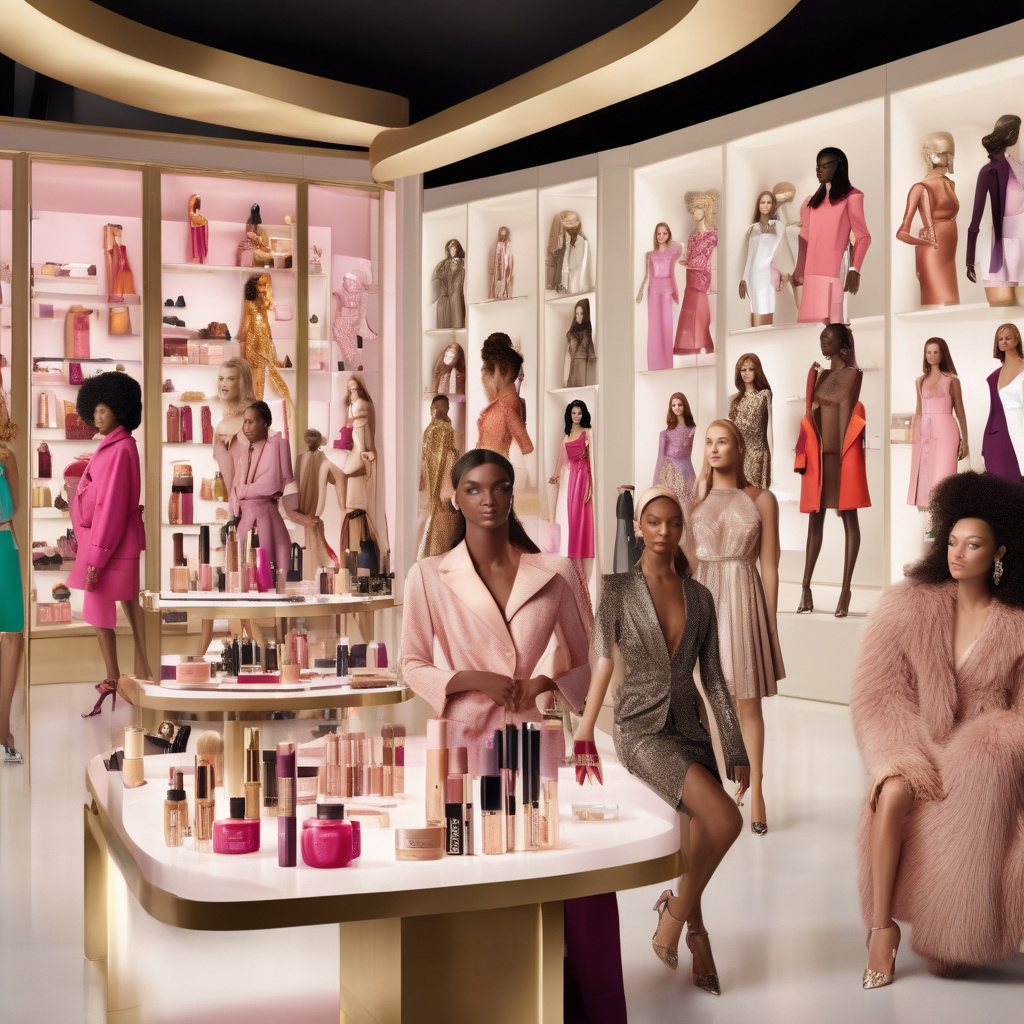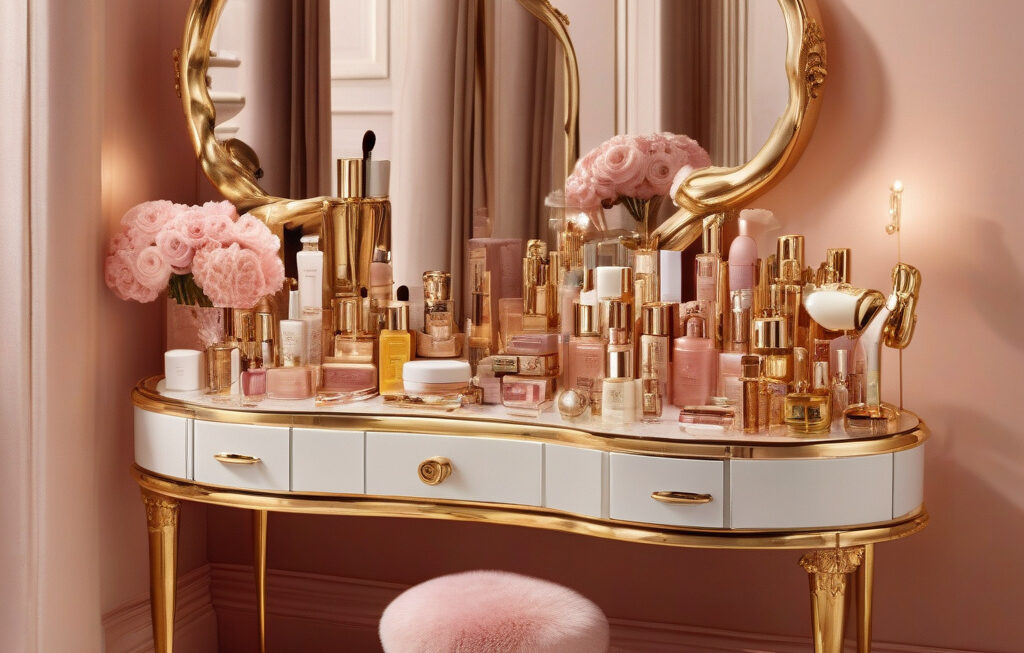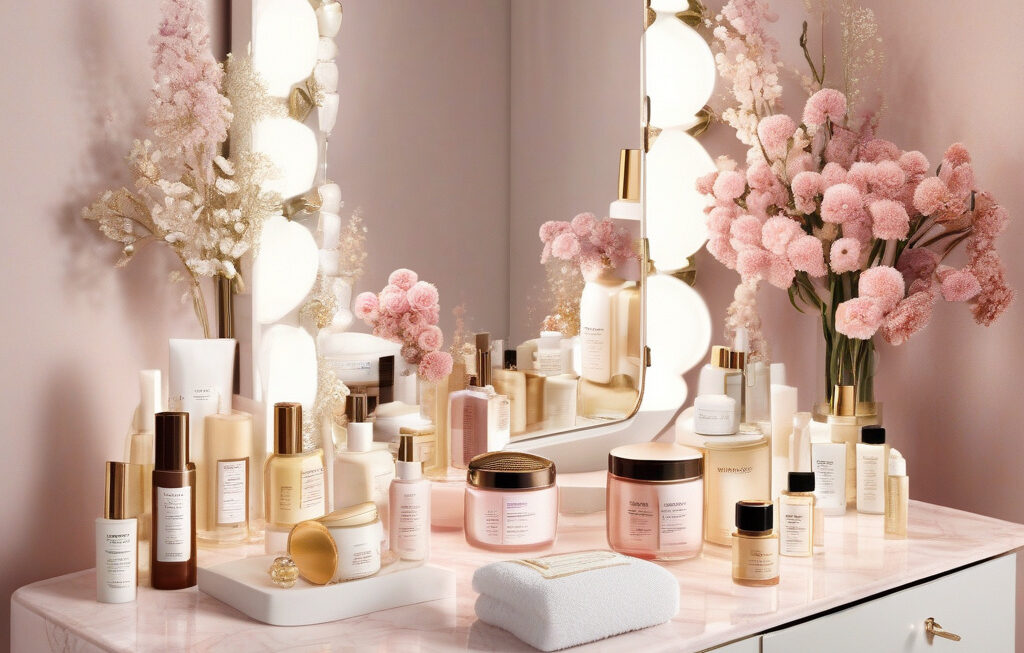How the Kering-L’Oréal Deal Rocked Fashion and Beauty
This week, the world of fashion and beauty was shaken to its core as Kering, the French luxury conglomerate, made a monumental decision to sell off its beauty division to L’Oréal in a deal worth a staggering $4.6 billion. The impact of this transaction goes far beyond just the two companies involved, sending shockwaves throughout the industry and beyond.
Kering, known for its portfolio of high-end fashion brands such as Gucci, Saint Laurent, and Balenciaga, has long been a powerhouse in the luxury sector. However, its decision to offload its beauty business to L’Oréal, a global giant in the cosmetics industry, signifies a strategic shift in focus for the company. By streamlining its operations and honing in on its core fashion labels, Kering aims to fortify its position in the competitive luxury market.
On the other side of the deal, L’Oréal stands to significantly bolster its presence in the beauty world with the addition of Kering’s portfolio of brands, which includes the likes of Yves Saint Laurent Beauty and Boucheron. This move not only expands L’Oréal’s already vast empire but also enhances its offerings in the high-end beauty segment, allowing the company to tap into new markets and demographics.
The implications of this deal, however, extend far beyond the boardrooms of Kering and L’Oréal. The ripple effects will be felt throughout the fashion and beauty landscape, reshaping industry dynamics and setting new trends in motion. Here are some key areas where the impact of the Kering-L’Oréal deal is likely to be profound:
- Consolidation: The merger between Kering’s beauty division and L’Oréal underscores a broader trend of consolidation within the fashion and beauty industries. As competition heats up and consumer preferences evolve, companies are increasingly looking to join forces to streamline operations, cut costs, and gain a competitive edge in the market.
- Diversification: With the acquisition of Kering’s beauty brands, L’Oréal diversifies its product portfolio and strengthens its position across different market segments. This diversification not only mitigates risk but also opens up new growth opportunities for the company in an ever-changing market landscape.
- Innovation: The coming together of Kering and L’Oréal brings together two powerhouses known for their commitment to innovation and creativity. By pooling their resources and expertise, the companies can drive forward groundbreaking research and development in areas such as sustainable beauty practices, digital technologies, and personalized skincare solutions.
- Global Reach: Both Kering and L’Oréal have extensive global footprints, with a presence in key markets around the world. The deal between the two companies will further enhance their international reach, allowing them to tap into new consumer bases and expand their influence on a global scale.
- Competitive Landscape: The Kering-L’Oréal deal is set to shake up the competitive landscape in both the fashion and beauty sectors. As the lines between luxury fashion and beauty blur, companies will need to adapt to changing consumer demands and preferences, setting the stage for increased innovation and collaboration within the industry.
In conclusion, the Kering-L’Oréal deal marks a significant turning point in the worlds of fashion and beauty, with far-reaching implications for industry players and consumers alike. As the dust settles on this seismic transaction, one thing is clear: the only constant in these ever-evolving industries is change.
fashion, beauty, Kering, L’Oréal, innovation


